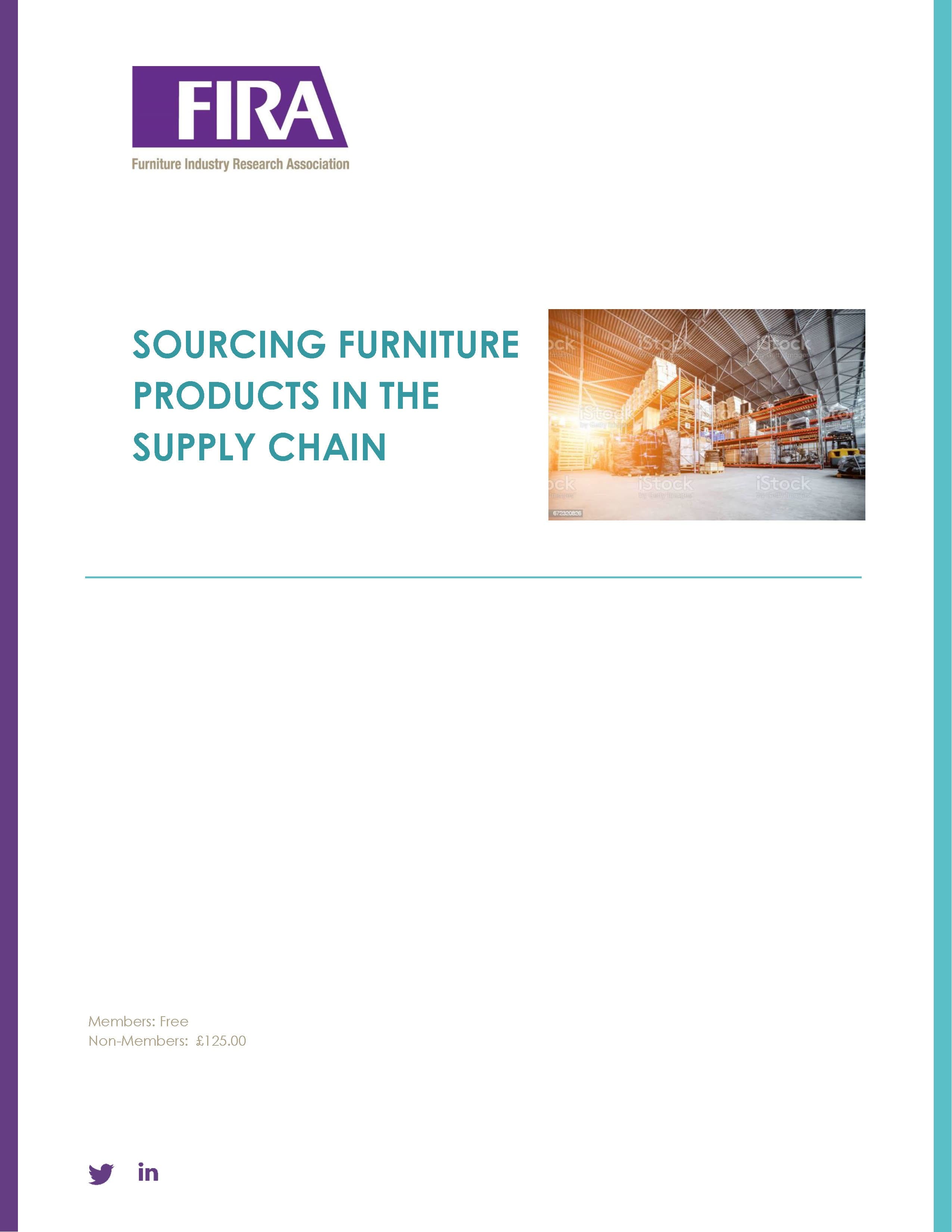Today’s consumers demand several things from furniture designers and manufacturers, including choice in materials, performance, a degree of individuality or customisation, environmental credentials, sustainable materials and of course safety, all within a varied and competitive price range.
To achieve a number of these, our current regulatory framework may require the use of chemicals - particularly those which aim to prevent staining or discolouration, wear and particularly ignition resistance is an ongoing challenge.
When considering new materials technology and product design in other sectors of industry, for example aerospace, automotive, marine or outdoor pursuits, it is highly likely that some of these materials could also be suitable for use within the furnishings sector and may provide solutions to the ever increasing challenges on chemical use and /or sustainability.
As legislation in these industries can significantly vary from furniture and furnishings, it may not be understood if these new materials would be fit for purpose within the furniture sector or whether they are capable of meeting industry requirements for strength, durability or flame resistance
Sections within this guide include:
- Furniture – innovation, restrictions and standards
- Alternatives to leather including mushroom-based, pineapple leaf, kelp-based, cactus-based, apple based and food waste materials
- Alternatives to wood including hempwood, bamboo, wood composites, lab-grown wood, paper-based materials, micro cement and wood transformation technologies
- Bioplastics
- Filling materials
- Alternatives to synthetic textiles
- Chemical treatments
- Smart textiles
- Additive manufacturing
Once your purchase is complete, you will receive a confirmation email containing a download link(s). The link will allow you to download the publication a maximum of 3 times and will be valid for 7 days from the date of purchase.
If you have any problems, please email info@fira.co.uk




